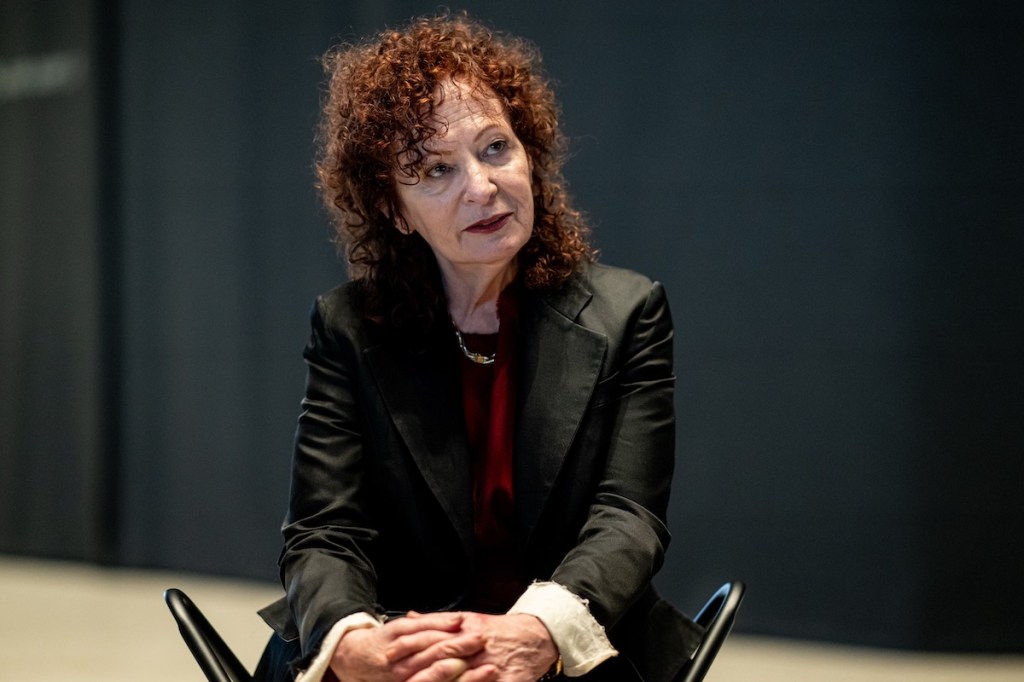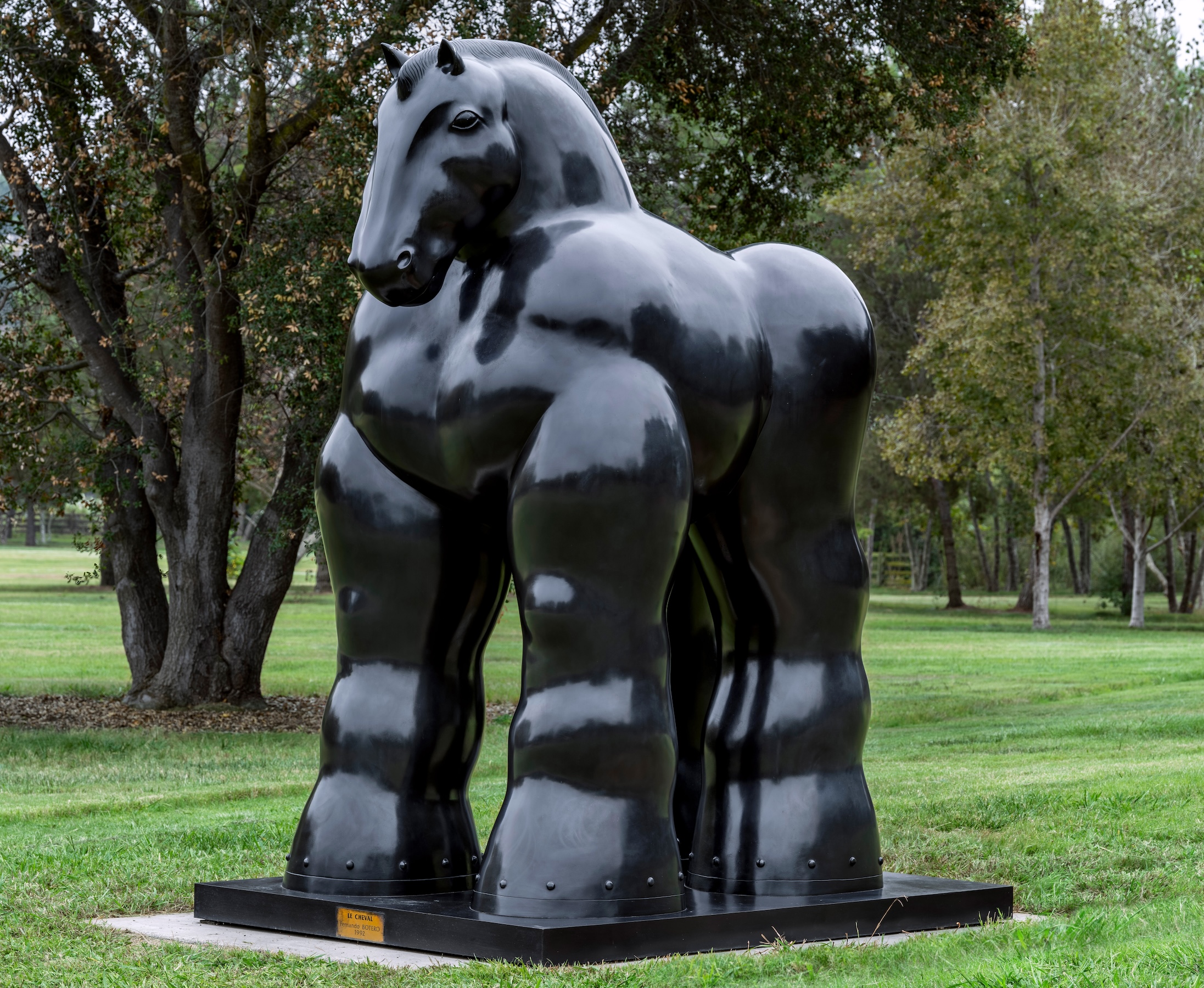If you wanted to make a Disney-style animation of, say, Florida’s governor, Ron DeSantis, furiously repealing a special tax status, you’d have a lead animator draw the extremes of the action: DeSantis screwing up his face in an angry pout, perhaps, and then declaring, “There’s a new sheriff in town!” Then you’d bring in what’s known in the business as an in-betweener—that is, the animator who draws all the incremental frames of the action. In-betweeners don’t get the glory, but without them cartoons would be herky-jerky, lurching from angry pout to swaggering declaration with nothing smoothing the transition. Burny Mattinson (1935-2023) started his career at the Walt Disney Company in the mailroom, and, even though he had no formal training in animation, he was given a swing at in-betweening just six months later. His first big assignment was to in-between the swishing of Peg’s tail in the 1955 film “Lady and the Tramp.” (For those who might not have instant recall of the movie, Peg is a fluffy little dog who—along with her friend, Bull the bulldog—is rescued from an evil dogcatcher by the heroic Tramp.) Peg swishes her tail a lot. Disney animation was famous for its silky elegance, owing in no small part to the skill of its in-betweeners, and, thanks to Mattinson, Peg’s tail practically glided from side to side.
Mattinson had wanted to be an animator ever since his mother had taken him to see “Pinocchio” at a theatre, in San Francisco, when he was six years old. He soon developed a knack for art. “He would draw endlessly,” his son, Brett Mattinson, told me recently. “If he drew a bee, he would draw every single hair on that bee.” Burny’s father was a professional musician, and the family had moved to Los Angeles; auspiciously, they lived within striking distance of Disney Studios. In a bold move that can, perhaps, be attributed to the guilelessness of youth, Mattinson showed up at the studio gate with his portfolio as soon as he finished high school, in 1953. The magical part of this story is that, instead of shooing him away, the security guard liked his drawings and called the head of personnel to take a look. Thus, Mattinson became a messenger at Disney, beginning a career that would eventually make him the longest-tenured employee of the company (just shy of seventy years) and one of the last still at the company to have started there when Walt Disney himself was running it. As it happens, one of Mattinson’s tasks as a messenger was to go to Walt’s office every Friday and pick up a check, cash it at the studio cashier, and bring the money (three hundred dollars) back to Walt. (It was Walt’s weekend spending money.)
At lunch, Mattinson would practice in-betweening. Soon, he graduated from delivering mail to working on Peg’s tail, and then helped animate such classics as “One Hundred and One Dalmatians” and “The Sword in the Stone.” He had joined the company at a golden moment; he was mentored by what were known as Disney’s Nine Old Men, the foundational animators at the company, hired in the nineteen-twenties and thirties. For more than a decade, Mattinson worked for one of them, Eric Larson. Under Larson’s tutelage, Mattinson perfected the animation for Donald Duck’s uncle, the harebrained Austrian scientist and psychologist Professor Ludwig Von Drake, who was a regular avian presence on “Walt Disney’s Wonderful World of Color,” which débuted in 1961, on NBC. While working on the film “Winnie the Pooh and Tigger Too,” Mattinson was promoted to the position of key animator. Listing the films that he worked on is a little like listing the entire output of the Walt Disney Company over the past six decades: “Sleeping Beauty,” “One Hundred and One Dalmatians,” “The Jungle Book,” “The Aristocats,” “The Lion King,” “Mulan,” “Ralph Breaks the Internet,” and on and on. His last project was the 2022 film “Strange World.” Most of his time was spent on Disney’s marquee films, but he also worked on more obscure projects, such as a Goofy short called “How to Hook Up Your Home Theater.” He directed and produced several films, including “Mickey’s Christmas Carol” and “The Great Mouse Detective.”
In an interview some years ago, Mattinson said that he really enjoyed working on wicked characters, such as the evil fairy Maleficent, but in real life he skewed cheery and upbeat. He had a big laugh; a wide, round face; and small eyes that actually seemed to twinkle. He said that, of all his characters, he identified most closely with Winnie the Pooh. Mattinison was, perhaps, one of the last of an almost extinct genotype—the happy company man, the lifer. He never had an employer besides Disney. He married another Disney animator, Sylvia Fry. His son, Brett, works for Disney, and his second wife, Ellen Siirola, whom he married after he was widowed, is a paralegal with Disney’s legal department. Last November, just a few months before he died, he went on a cruise on the Disney Wish, which sailed from Florida to an island owned by the company. When I asked Brett what his father enjoyed doing outside of his life at Disney, he had to stop and think. Finally, Brett said, “He just loved his work.” ♦










